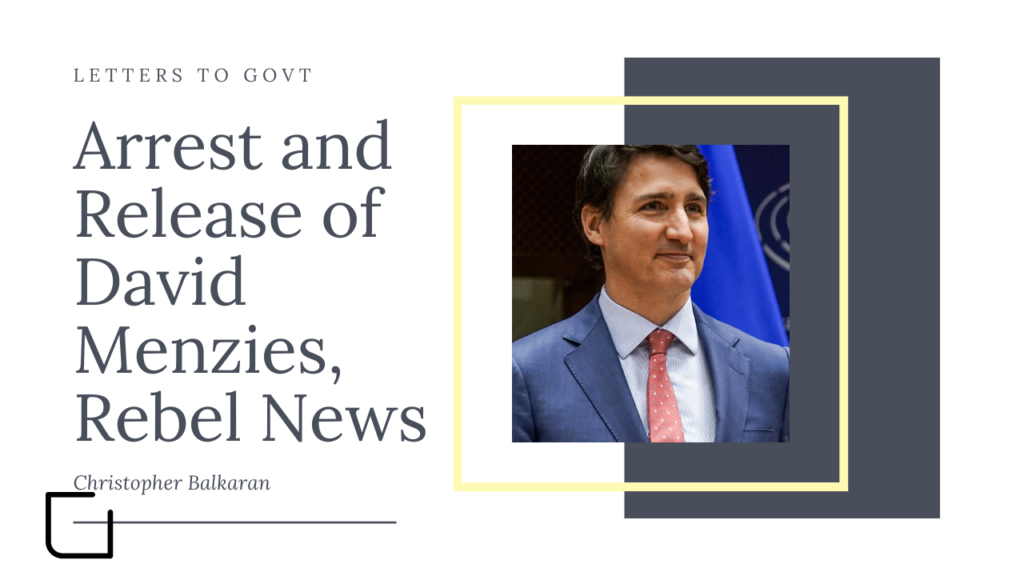I’m so excited to share my third conversation with Professor Judith Curry! Professor Curry and I have talked twice before and was one of my first guests on my Podcast. Judith’s insights on climate uncertainty are so important to be shared widely.
Professor Judith A. Curry discusses her new book, “Climate Uncertainty and Risk.” The conversation delves into the inadequacy of global climate models in predicting regional climate change and extreme weather events. Professor Curry sheds light on the inappropriate use of climate model output in shaping public policy decisions. The discussion also explores the complex nature of climate change, the underestimation of volcanic activity in climate modeling, and the limitations of cost-benefit analysis in policy formulation.
What are the Limits to Global Climate Models?
When asked why society heavily relies on global climate models to dictate public policy, Professor Curry highlights the desire for scientific findings to address complex societal issues. The appeal lies in the notion that climate models, driven by large international teams and advanced supercomputers, can provide technocratic solutions. However, as climate models became increasingly complex, uncertainties multiplied, making it harder to evaluate and verify their outputs.
The conversation then explores the psychological impact of complex topics on human behavior. Professor Curry suggests that the complexity of climate change may have led to anxiety and a tendency to gravitate towards simplistic slogans and solutions. The UN’s framing of climate change as a simple problem involving CO2 emissions and subsequent warming contributed to the oversimplification of the issue, ignoring the multitude of factors at play.
The omission or underplaying of volcanic activity in climate models is discussed, with Professor Curry attributing it to the UN’s focus on dangerous anthropogenic climate change. Natural climate variability and phenomena such as volcanic eruptions were considered background noise, despite their historical impact on climate. Major volcanic eruptions, like those in the early 19th century, caused global temperature drops and prolonged periods of colder climate, highlighting the need to acknowledge the significance of volcanic activity in climate modeling.
Professor Curry describes the potential consequences of a major volcanic eruption, emphasizing that past eruptions have caused temperature drops of around half a degree Celsius for several decades. These events can have substantial impacts on the Earth system, affecting oceans, wildlife, and temperate climates. The conversation highlights the need to consider volcanic scenarios alongside warming projections, as they could fundamentally alter the trajectory of 21st-century climate.
Chapter 12 of Professor Curry’s book introduces the concept of Decision Making Under Deep Uncertainty (DMDU). This framework challenges the limitations of cost-benefit analysis when formulating policies related to climate change. DMDU acknowledges the deep uncertainties inherent in climate modeling and encourages a model-and-adapt approach. Cost-benefit analysis heavily relies on the assignment of damage functions, climate sensitivity to CO2 emissions, and discount rates. However, uncertainties in these factors undermine the accuracy and applicability of cost-benefit analysis in guiding policy decisions.
What’s the Future Outlook for Global Climate Change?
Curry argues that predicting the state of the world in 2100 is a daunting task. While historical evaluations of the past are often approached with empathy, she questions why the same understanding is not extended when considering future generations. Rather than investing substantial resources into anticipating distant needs and preferences, she suggests focusing on leaving a legacy of peace, prosperity, and freedom for future generations. Curry believes that with advancing technologies and worst-case scenarios aside, people will likely be better off by 400% in the future, making excessive preemptive measures seem unwarranted.
Curry emphasizes the need to strike a balance between promoting prosperity and well-being while protecting the environment and its resources. Rather than hastily dismantling existing electric power systems and resorting to expensive renewable energy solutions, she advocates for envisioning a new energy infrastructure that combines abundant and clean energy sources, including nuclear power. Curry argues that such an approach would be more effective in meeting the energy needs of the future without compromising energy security.
The conversation touches on climate anxiety and its impact on family decisions, particularly among young adults who express concerns about bringing children into a world affected by climate change. Curry highlights the declining populations in certain countries, including Japan and South Korea, and the challenges they face due to their low replacement rates. She criticizes the intense marketing and propaganda surrounding climate issues, especially those targeted at children and young adults. Curry underscores the importance of societal support for families and advocates for nurturing children and providing comprehensive support systems.









